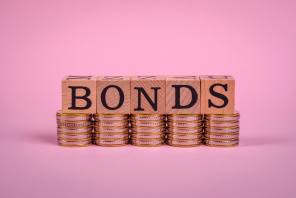Falling sterling is giving an artificial boost to dividends. But finding sustainable sources of income is proving more difficult. Dan Jones reports.
On the face of it, recent dividend surveys have made for pleasing reading for equity income investors. Last month’s Capita Dividend Monitor predicted that UK dividends – so long a staple part of investors’ portfolios – are now set to grow by 6.6 per cent this year to £84.7bn. This kind of growth would represent another healthy return for a sector, and seemingly dispels concerns of a tougher environment for those eager to find domestic sources of dividends.
But this conclusion may be inaccurate. As Capita points out, the recent fall in the value of the pound has “super-charged” dividend payouts in the UK.
Many of the largest domestic payers earn a sizeable portion of their revenues in other currencies such as dollars, so a sharp fall in the exchange rate means dollar-denominated dividends become significantly more valuable to UK investors.
Without this factor, dividend growth was actually “rather disappointing” in the third quarter, according to the forecaster. Indeed, UK dividend payouts fell slightly during the period year-on-year.
No pounding for UK dividends
Capita predicts that this dynamic will continue into the fourth quarter of 2016 and perhaps beyond. The pound’s weakness should still prove to be a pick-me-up for UK dividends for a while yet.
However, the underlying trend is significant precisely because of the reason why investors value dividends so much. The potential for dividend growth is more important than buying into a company just because it offers a hefty starting payout, notes Darius McDermott, managing director of ratings agency FundCalibre.
“A stock might yield more than 5 per cent because the share price has fallen, and the market believes the dividend is at risk. We’ve seen that recently in the UK with companies such as Glencore, which was forced to cut its payout,” Mr McDermott says.
Similarly, equity funds with a high yield are not necessarily the most attractive. Table 1 shows the 10 equity funds in the Investment Association universe with the highest starting yield as of mid-October 2016.
Of the five that sit in the IA UK Equity Income sector, four are fourth quartile over the past 12 months, indicating their holdings are very much out of favour. The managers’ strategy of buying when sentiment is poor may prove sensible, but it also suggests there may be more pain to come.











